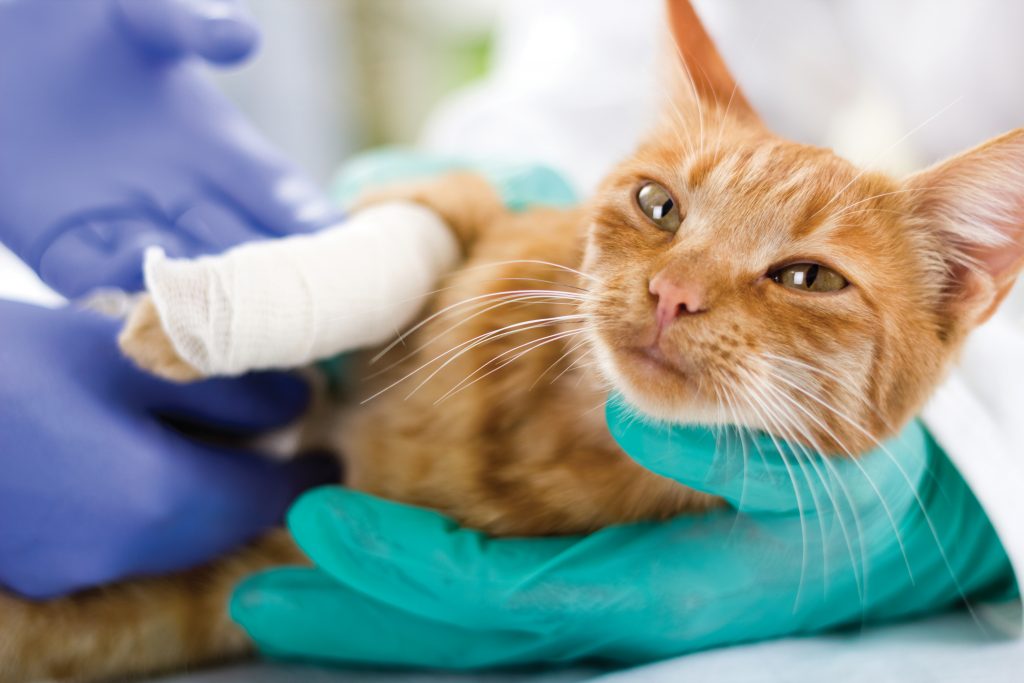Chemotherapy for Pets – How Will It Affect My Pet?
 More pet owners want the best for their pet so they are choosing advanced options for their care. One example is in the treatment of animals diagnosed with cancer–a scary concept when you’re a pet owner.
More pet owners want the best for their pet so they are choosing advanced options for their care. One example is in the treatment of animals diagnosed with cancer–a scary concept when you’re a pet owner.
You want your fur friend to feel better and be with you as long as possible, but you don’t want to make a decision that causes your pet pain and suffering. Oakland Veterinary Referral Services wants to help you make the right decision by better understanding how chemotherapy for pets can affect your furry family member.
Human Chemotherapy vs Treating Pets
One of the primary anti-cancer therapies is chemotherapy for pets, which can be a very effective option for cancer treatment. Most people know someone who has undergone chemotherapy and you know the human side effects all too well: nausea, weight loss, fatigue, and hair loss.
Thankfully, chemotherapy in pets is very different!
What to Expect from Chemotherapy for Pets
Although chemotherapy protocols and medications are similar for humans and pets, one of the main differences is our goal. People who are being treated for cancer are treated with the goal of complete cure. They suffer aggressive treatment for a few months with the goal of beating cancer then hopefully living for many more years. Pets have shorter lifespans, so our aim is to put the cancer in remission while maintaining your pet’s quality of life. This means that chemotherapy is better tolerated in our pet patients, as the protocols are generally less aggressive.
Anytime you inject a patient with toxic chemicals, though, even those aimed at killing cancer cells, it is not without some consequences. Pets may still experience a few side effects. These can include:
- Nausea
- Tiredness
- Suppression of the immune system
Most pets do not lose their hair unless they are a dog breed whose hair grows all the time (Poodles, Shih tzus, Yorkshire Terriers, Portuguese Water Dogs, Malteses). 75-80% of dogs have no side effects and only about 5% experience serious side effects or need emergency care. Most side effects, if felt, are mild, and don’t last long. Our oncology department experts use preemptive techniques to help avoid most adverse reactions. They continue to monitor for side effects and adjust medications if a pet experiences any.
Chemotherapy Treatment and Monitoring
Your pet will need to come in periodically for chemotherapy treatments, blood work, and exams/monitoring. The blood work helps us monitor for low white blood cell count which can lead to infections. How often your pet needs to come in will depend upon the type of cancer, the drugs being used in chemotherapy, and your pet’s health. Treatment intervals range from 1-3 weeks over a period of 2-4 months.
Should you ever have a pet with cancer, chemotherapy can be an important part of a successful treatment plan. Don’t let the word scare you. Chemotherapy in pets is a very useful option that helps our patients live longer and healthier lives. OVRS also offers Chinese Traditional Medicine and alternative treatments that can work hand in hand with chemotherapy treatments to improve your pet’s quality of life and health.


